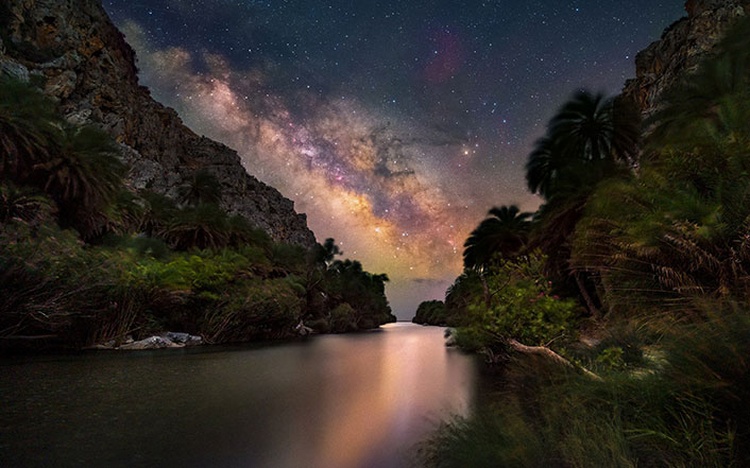By calling the New Earth Earth, God emphatically tells us it will be earthly, and thus familiar. Otherwise, why call it Earth?
When Scripture speaks of a “new song,” do we imagine it’s wordless, silent, or without rhythm? Of course not. Why? Because then it wouldn’t be a song. If I promised you a new car, would you say, “If it’s new, it probably won’t have an engine, transmission, doors, wheels, stereo, or upholstery”? If a new car didn’t have these things, it wouldn’t be a car. If we buy a new car, we know it will be a better version of what we already have, our old car. Likewise, the New Earth will be a far better version of the old Earth.
The word new is an adjective describing a noun. The noun is the main thing. A new car is first and foremost a car. A new body is mainly a body. A New Earth is mainly an Earth.
The New Earth will not be a non-Earth but a real Earth. The Earth spoken of in Scripture is the Earth we know—with dirt, water, rocks, trees, flowers, animals, people, and a variety of natural wonders. An Earth without these would not be Earth.
The Greek word translated “earth” is ge, from which we get “geology.” It is used of land, soil, and the world itself. Walter Bauer defines ge as “the surface of the earth as the habitation of humanity.” [1] Ge connotes physicality. It’s not a figurative, airy, symbolic, or abstract word. It’s tangible, concrete. It speaks of an earthly realm where there are physical human beings, animals, vegetation, and natural resources.
Many of the Scripture passages using ge contain references to people, who dwell on the earth. Mankind and Earth are inseparable. The New Earth will be populated by redeemed people. Without people, the earth would be incomplete. Without the earth, people would be incomplete.
We’re told the “first earth” will pass away (Revelation 21:1). The word for “first” is prote, suggesting a vital connection between the two Earths. The first Earth serves as the prototype or pattern for the New Earth. There’s continuity between old and new. We should expect new trees, new flowers, new rocks, new rivers, new mountains, and new animals. (New, not non-.)
As our current bodies are the blueprints for our resurrection bodies, this present Earth is the blueprint for the New Earth.
[1] Walter Bauer, The Greek-English Lexicon of the New Testament and Other Early Christian Literature, ed. Frederick W. Danker, 3rd ed. (Chicago:University of Chicago Press, 2000).
For more on the New Earth, see Randy’s books Heaven and The Promise of the New Earth. You can also browse our resources on Heaven and additional books.Photo by Evgeni Tcherkasski on Unsplash





